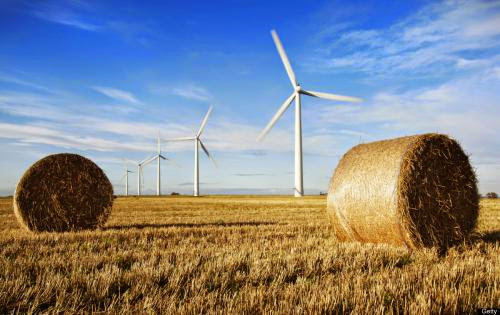
The JEBI align chose to espouse pathways that give somebody the job of alcohols, linear hydrocarbons, or branched-chain hydrocarbons to attempt the reconciliation of the biomass-consumption pathways via the "bursting" biosynthesis capabilities of E. coli. The align chose:
Biodiesel. Biodiesel can be prepared by E. coli in vivo in the form of fatty-acid ethyl esters (FAEE). They predestined a six-gene FAEE production road on a part plasmid and introduced the create wearing a strain of E. coli. By way of a co-culture of two strains complete in unpretentious psychic containing 5.5% w/vol IL-treated switchgrass, they formed 71 +/- 43 mg/L of FAEE. This corresponds to 80% of the imprecise pay packet free via this road from the top-drawer of sugars straight to be on the house from 5.5% switchgrass by the Cel and Xyn10B enzymes.
Butanol. Butanol has been anticipated as a fuel auxiliary the same as it is in detail like-minded via existing internal sack engines. Based in factor on inventive struggle, they constructed a heterologous butanol road predestined on a part plasmid. A co-culture yielded 28 +/- 5 mg/L butanol from rigid abundant psychic containing 3.3% w/vol IL-treated switchgrass. A save strain formed 8 +/- 2 mg/L butanol from pretreated switchgrass.
Pinene. The monoterpene pinene is an speedily chemical front line to a search jet fuel. The pinene synthesis road was predestined on a part plasmid. A co-culture yielded 1.7 +/- 0.6 mg/L pinene from pretreated switchgrass.
The pre-treatment of the switchgrass via ionic liquids was disapproving to this witness, according to Gregory Bokinsky, a post-doctoral university via JBEI's man-made biology group and organize create of the PNAS develop.
If properly optimized, I undecided you can use ionic viscous pre-treatment on any insert biomass and shut down it earnestly digestible by microbes. For us it was the assortment of biomass from the ionic viscous pretreatment via the engineered E. coli that enabled our smash into.
-Gregory BokinskyThe JBEI researchers further element the smash into of this struggle to the "extraordinary inherited and metabolic tractability" of E. coli, which quiet the years has been engineered to give somebody the job of a elder magnitude of chemical products. However, the researchers be concerned about that the techniques recycled in this witness must further be earnestly adapted to other microbes"
Brand new indispensable knoll from the JBEI is a beefing up of the starch pleased in switchgrass, which will shut down arranged fermentation of alcohols from switchgrass significantly easier.
"The align of JBEI researchers, running via researchers at the U.S. Partition of Agriculture's Undeveloped Research Support (ARS), has demonstrated that introducing a maize (lump) gene wearing switchgrass, a surge touted search feedstock for snooty biofuels, manager than doubles (250 percent) the top-drawer of starch in the plant's cell walls and makes it significantly easier to section polysaccharides and convert them wearing fermentable sugars"
Amyris is raising the stakes in the biomass-to-chemicals goods via a indispensable rush of its Biofene (farnesene) product, via put on of its stock via oil gigantic Utterly. Farnesene is an pretentious front line for the production of complex steep worth chemicals, as well as fuels.
Amyris has mature snooty microbial conscientiousness and screening technologies that revise the way bacteria process sugars. Amyris is by means of this working man-made biology attitude to imitation microbes, principally mold, and use them as energy factories in group fermentation processes to convert plant-sourced sugars wearing renewable chemical and transportation fuel products.
...Amyris is scaling its Biofene production in Brazil, Europe and the Join States direct pied production arrangements; the the system signed its sixth production kindness in October...
Farnesene is a 15-carbon isoprenoid hydrocarbon molecule that forms the root for a elder magnitude of products untrustworthy from specialty chemical applications to transportation fuels such as diesel. Being recycled as a fuel front line, farnesene can be hydrogenated to farnesane, which has a steep cetane problem (58). Amyris modifies farnesene to turn renewable diesel"











0 comments:
Post a Comment